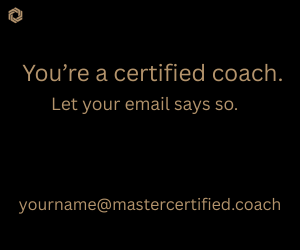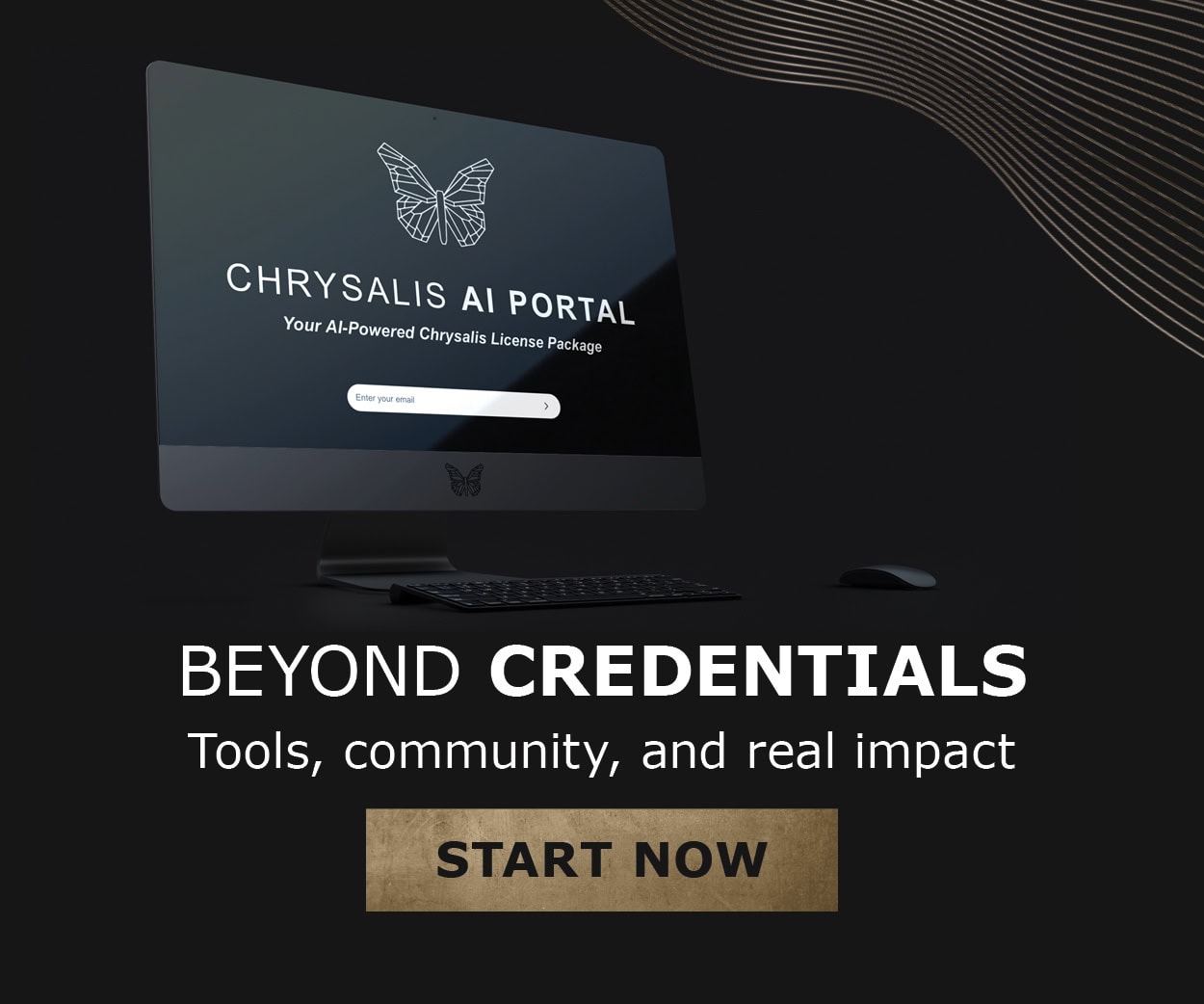We have previously discussed how to prepare for media interviews, pursue opportunities and tackle sensitive topics with media, build a relevant story angle, and write an effective press release. These are all great ways to raise awareness around coaching and promote your message and business. However, when you’re not able to connect with a reporter or get published with target media, you can explore other options. One method includes writing your own bylined article, or byline.
Writing your own byline is a great way to deliver your message in your own words and promote your subject-matter expertise. It cuts out the middleman (the reporter) and lets you elaborate on your topic of choice. So, where do you start and how can you write an effective byline?
Find a Topic
The first step is selecting a theme or focus. Choose a topic that is relevant to your target audience and something you are comfortable writing about. Ask yourself these questions:
- Is there a topic I have done research on?
- Have I presented on a topic at an event?
- Do I have expertise that links back to a current trend or event?
- What topic would be most effective in portraying the type of coaching I do?
- Who do I want to reach with my message, and what do I want them to know?
Do Your Research
There are plenty of outlets that accept articles from contributors showcasing diversity of thought. To find the right publication, do your research as you would with any other opportunity.
Make sure you consider the following before you start:
Content – Explore the publication and identify areas of focus. Most publications are divided into different sections that cover subtopics of interest to their readers. Even a general-interest publication will include sections, such as health, travel, opinion, etc. Look the section related to your topic of choice and notice the tone and style of writing. Is the tone positive, negative or neutral? Is it casual or scholarly? It’s also important to review what has already been published, so you avoid overlap.
Target audience – It’s important to explore a publication’s target audience, because there is no point in writing an article if it doesn’t deliver the message to the right people. You will usually find this information in the “About” section or media kit, commonly found on publication websites. If it’s not, you may contact the publication to inquire. You can also deduce their target audience through the type of content that is produced. For example, if there are various articles about retirement, the target audience is likely older adults. The visuals on the website can also help you identify the publication’s target audience. It’s also worth reviewing the publication’s social media followers and high-engagement content by scrolling through its feed. The link to a publication’s Twitter account is almost always accessible through its website.
Audience reach: If you’re looking for a big impact, it’s important to review a media outlet’s audience reach. One way to do this is by looking for the circulation numbers in the media kit. You should also look at how many social media followers the publication has. If you’re looking to target a specific region, your research might start by Googling top business publications within a specific area to focus your search.
Submissions Guidelines
Once you’ve identified your target publication, check to see if it has submission guidelines. By familiarizing yourself with the submission process, you can develop a stronger outline and increase the likelihood of your article being accepted. Also, take note of policies for promotional material. It is important to know if you can mention your business name, the word count, format—do you include subheadings, for example—style of writing, use of source materials, variety in topics and attributions. Publications are usually very explicit in their guidelines for bylines.
If the publication you want to write for does not have clear guidelines, find the editorial team’s contact information through the website and send your questions.
Write Like a Reporter
When writing your byline, make sure you don’t sound too promotional. Avoid using industry jargon, the name of your business and links that may make your article look like it’s sponsored.
It is important to be objective and cognizant of your audience. Utilize common byline article themes—including problem solving and lessons learned—which can help promote your business in an indirect way. Using case studies is also a popular approach, because it engages audiences and offers real world examples. For further guidance on getting coaching clients on board with media opportunities, check out this article.
Byline Benefits
Bylines are a great way to promote your expertise and build credibility as an industry thought leader through strong content. It is an effective tool for reaching your target audience and differentiating yourself from your competitors.
Disclaimer
The views and opinions expressed in guest posts featured on this blog are those of the author and do not necessarily reflect the opinions and views of the International Coach Federation (ICF). The publication of a guest post on the ICF Blog does not equate to an ICF endorsement or guarantee of the products or services provided by the author.
Additionally, for the purpose of full disclosure and as a disclaimer of liability, this content was possibly generated using the assistance of an AI program. Its contents, either in whole or in part, have been reviewed and revised by a human. Nevertheless, the reader/user is responsible for verifying the information presented and should not rely upon this article or post as providing any specific professional advice or counsel. Its contents are provided “as is,” and ICF makes no representations or warranties as to its accuracy or completeness and to the fullest extent permitted by applicable law specifically disclaims any and all liability for any damages or injuries resulting from use of or reliance thereupon.
Authors
Post Type
Blog
Audience Type
Experienced Coaches, External Coaches, ICF Chapter Leaders, Internal Coaches, Mentor Coaches, New Coaches, Professional Coaches, Team and Group Coaches
Topic
Business Development
Related Posts
The Executive Coaching Blueprint: Positioning, Pricing, and Performance
Transitioning from corporate to coach can feel like uncharted territory for many…
Why Coaches Need Other Coaches
Setting the Foundation When you’re learning about the field of coaching while…
Expanding Coaching Possibilities With the Coaching Spectrum Framework™
When I discovered coaching 14 years into my career as an occupational…








